API (Application Programming Interface) development plays a crucial role in modern applications and web services, enabling seamless integration between different systems and platforms.
In this article, we will explore the key aspects of API development and how it facilitates efficient data exchange.
From understanding API consumers’ needs to designing well-structured APIs, we will delve into the best practices, security considerations, and performance optimization techniques.
Let’s embark on this journey to discover the power of APIs and their impact on building robust applications.

Understanding API Development
APIs have become the backbone of modern software development, enabling seamless integration and efficient data exchange between different applications and systems.
Whether you’re building web applications, mobile apps, or even IoT devices, understanding API development is essential to create powerful interfaces that facilitate smooth communication and enhance user experiences.

API consumers and their needs
Application programming interface development begins with understanding the needs of API consumers, which can be client applications, web applications, or specific users. By comprehending their requirements, developers can design APIs that provide the requested data in a structured and efficient manner.

What Is API Design?
API design refers to the process of creating and defining the structure, functionality, and behavior of an Application Programming Interface (API). It involves making strategic decisions about how the API should be organized, how its resources should be exposed, and how clients will interact with it.
API design encompasses various aspects, including the definition of endpoints, specification of request and response formats, establishment of authentication and authorization mechanisms, and consideration of error handling and versioning strategies.
The goal of API design is to create an interface that is intuitive, efficient, and easy to use for developers who will integrate their applications or services with the API.

Good API design focuses on creating a clear and consistent interface that follows industry best practices, standards, and conventions. It emphasizes simplicity, reusability, and scalability, allowing developers to easily understand and leverage the API’s capabilities.
API design also takes into account the specific requirements of the target audience or developers who will consume the API. It aims to provide a comprehensive and well-documented interface that meets the needs of those who will integrate with the API, while also considering potential future enhancements and changes.

The key consideration in API design
When designing APIs, two key concepts that developers should be familiar with are REST API and RESTful API.
There is a difference between RESTful API and REST API.

While both are based on the principles of REST (Representational State Transfer), they have some distinctions in their implementation and adherence to those principles.
All RESTful APIs can be considered REST APIs, but not all REST APIs may strictly adhere to the principles of RESTfulness. These APIs go beyond simply implementing REST principles and follow a more standardized and consistent approach in their design and implementation.

Let’s explore these concepts and understand their principles and benefits.
REST API and its principles
REST (Representational State Transfer) is an architectural style that provides a set of principles for designing networked applications. REST API follows these principles to create interfaces that are scalable, maintainable, and platform-independent. The core principles of REST API include:
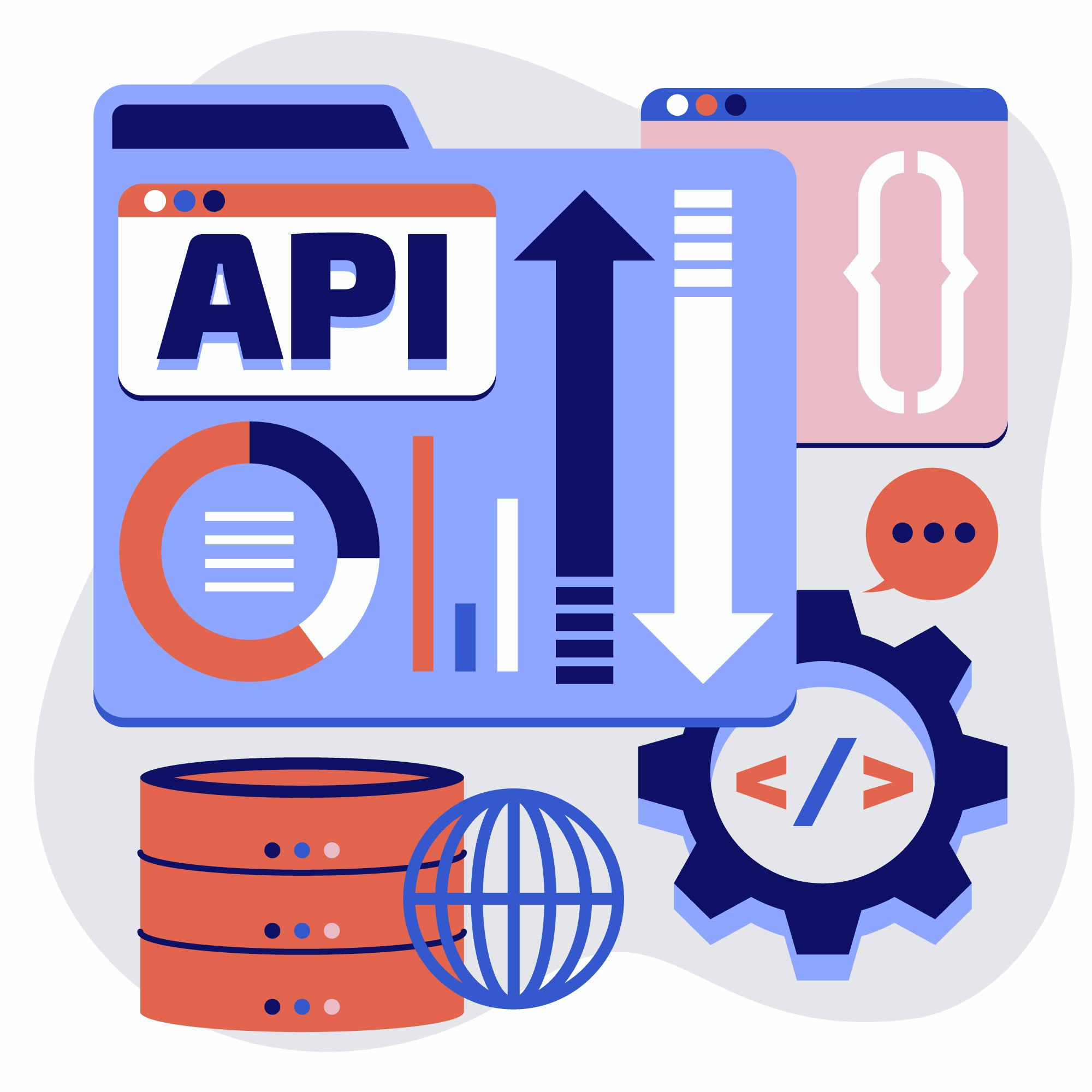
Statelessness: REST API is stateless, meaning that each request from a client to the server contains all the necessary information needed to fulfill the request. The server does not store any client-specific information between requests, which improves scalability and simplifies the overall architecture.
Uniform Interface: REST API adheres to a consistent interface that defines a set of standard HTTP methods (such as GET, POST, PUT, DELETE) to perform operations on resources. This consistency allows clients to interact with APIs in a predictable and standardized manner.
Resource-based Architecture: REST API represents resources as the fundamental entities that clients can access and manipulate. Resources are identified by unique URLs (Uniform Resource Locators), and clients can perform CRUD (Create, Read, Update, Delete) operations on these resources using the standard HTTP methods.
Cacheability: A REST API makes use of caching to enhance performance and reduce server load. Responses from the server can be cached on the client side or by intermediary systems, such as proxies, to serve subsequent requests faster and minimize network traffic.
Layered System: A REST API can be designed to be layered, where intermediary components, such as load balancers or firewalls, can be added between clients and servers. This layered architecture provides flexibility, scalability, and improved security.
Code on Demand (Optional): A REST API can optionally allow for the transfer of executable code from the server to the client. This feature is rarely used but can enable client-side extensibility and dynamic behavior.
When designing a REST API, several considerations come into play, such as resource modeling, endpoint design, request and response formats, security mechanisms, versioning, and documentation.
It is important to adhere to best practices and industry standards to ensure that the REST API is well-structured, easily consumable, and capable of evolving over time.
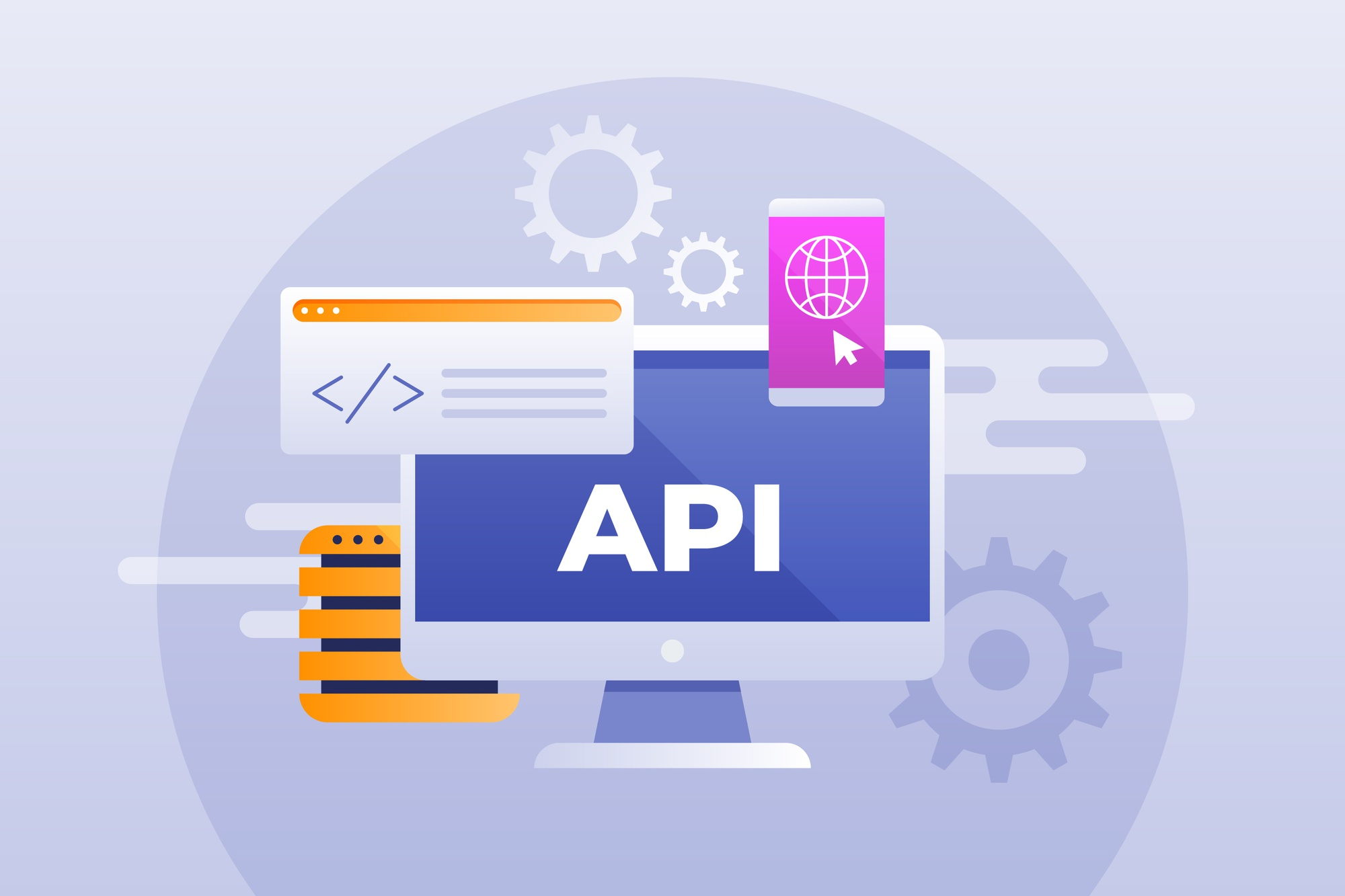
RESTful APIs and its benefits for building web services
These APIs, which adhere to the principles of REST, offer several benefits. Here are some key advantages of these APIs:
Scalability: RESTful APIs are inherently scalable due to their stateless nature. The absence of a server-side session state allows APIs to handle a large number of concurrent requests, making them well-suited for high-traffic applications.
Simplicity: These APIs provide a simple and intuitive interface based on standard HTTP verbs. This simplicity makes it easier for developers to understand, implement, and integrate with APIs, reducing the learning curve for API consumers.
Ease of Integration: These APIs leverage widely adopted web standards, such as HTTP and JSON (JavaScript Object Notation), making them compatible with various programming languages and platforms. This compatibility enables seamless integration between different systems and simplifies the development process.
Flexibility: They also allow clients to access and manipulate resources in a flexible and customizable manner. Clients can utilize query parameters, headers, and request bodies to tailor their requests and retrieve specific subsets of data, increasing the versatility and adaptability of the API.
By understanding the principles of REST API and harnessing the benefits of building these APIs, developers can create interfaces that are scalable, interoperable, and easy to use.
These principles and benefits form the bedrock of modern application programming interface development, enabling seamless integration and unlocking the full potential of APIs in the digital landscape.

Handling requested data through API calls
API calls involve the exchange of data between the client application and the server, allowing clients to retrieve, manipulate, or submit data. To effectively handle requested data, developers must understand the nuances of HTTP status codes, commonly used HTTP methods, and working with REST API endpoints.

Building a Solid API Foundation
A robust and reliable API requires a solid foundation that ensures seamless communication, effective error handling, and secure access.
In this section, we will explore the key aspects of building a strong API foundation.
API contract and its significance
An API contract defines the expectations between the client application and the server. It outlines the structure of the API, including the request and response formats, authentication requirements, and supported operations. A well-defined API contract ensures consistency, compatibility, and ease of integration for API users.

Handling error codes and messages
Error codes and messages play a crucial role in application programming interface development. By returning appropriate HTTP status codes, developers can communicate the outcome of the request accurately.
Alongside status codes, meaningful error messages help API users understand the reason behind the failure, facilitating troubleshooting and error handling.

Securing client applications and user access
API management involves implementing security measures to protect client applications and user access. This includes authentication mechanisms, such as API keys, tokens, or OAuth, to ensure that only authorized entities can access sensitive data or perform specific actions.
Proper security implementation is vital to safeguarding the integrity and confidentiality of API interactions.
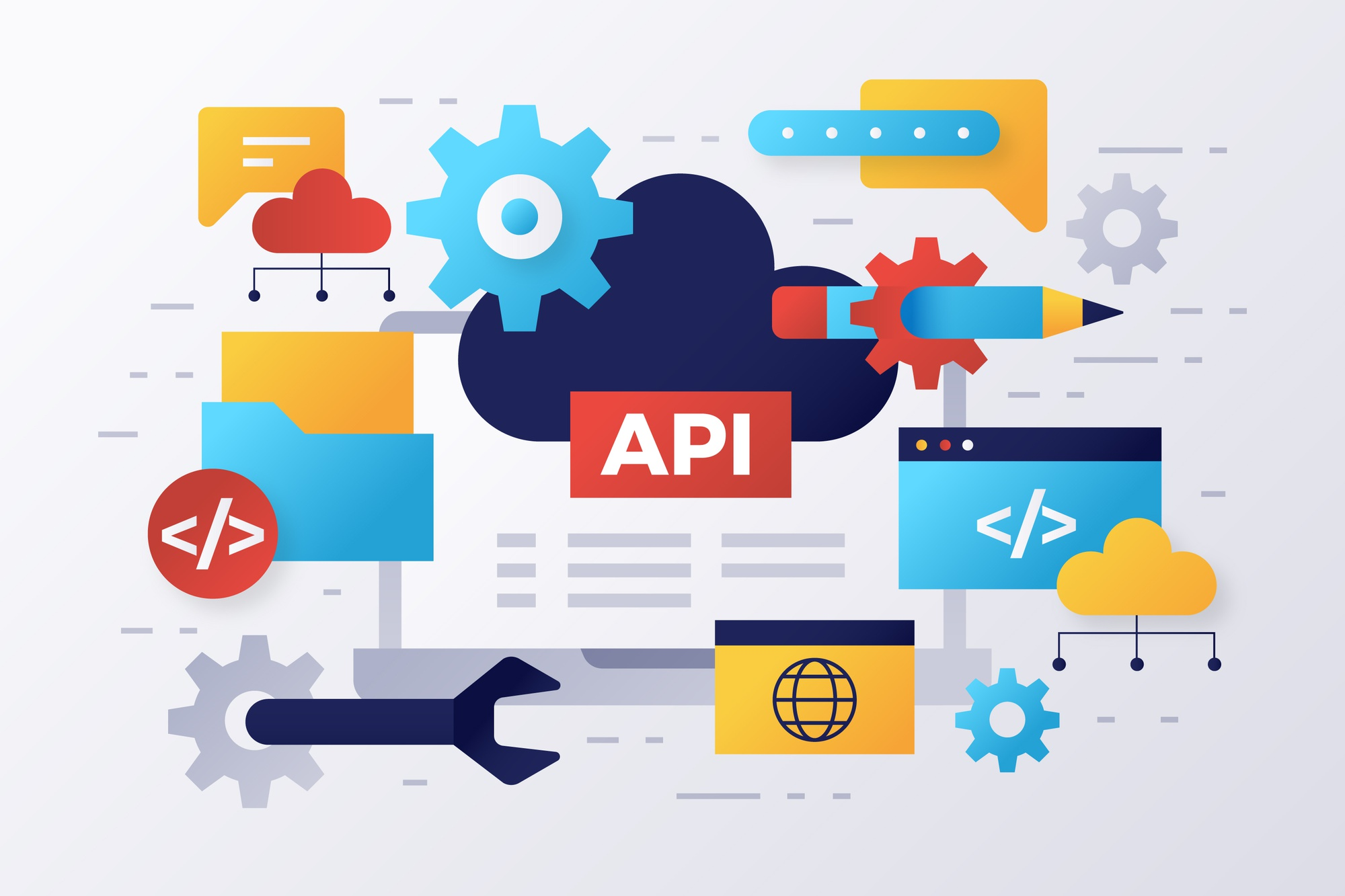
API management for scalability and control
Application programming interface management platforms provide tools and functionalities to handle various aspects of application programming interface development, including versioning, rate limiting, analytics, and documentation generation.
These platforms streamline the process, enhance scalability, and provide control over the APIs’ lifecycle, ensuring a seamless experience for both developers and API consumers.
Key Concepts and Best Practices
In application programming interface development, adhering to key concepts and best practices is essential to create APIs that are well-designed, maintainable, and easy to consume.
In this section, we explore important considerations that developers should keep in mind throughout the application programming interface development process.
By following these principles, you can ensure the effectiveness, scalability, and usability of your APIs.

Working with query string parameter and HTTP request method
Query string parameters allow API consumers to customize their requests and retrieve specific subsets of data. By designing APIs that handle query starting parameters effectively, you provide flexibility and customization options to clients.
Additionally, understanding and utilizing appropriate HTTP request methods, such as GET, POST, PUT, and DELETE, enable consistent and intuitive interactions with your API.

Proper utilization of HTTP headers and content type
HTTP headers convey additional information about the request or response, such as content type, authorization, or caching directives. Utilizing headers correctly allows you to optimize API behavior and enhance performance.
Similarly, setting the appropriate content type header ensures that API consumers receive data in the expected format, such as JSON or XML.
Error handling and delivering a meaningful error message
Error handling is a critical aspect of REST API development to ensure smooth communication between clients and servers.
By implementing effective error-handling mechanisms and delivering meaningful error messages, you assist API users in understanding and resolving issues. Clear and informative error messages contribute to a positive user experience and aid in troubleshooting and problem resolution.
In addition to error messages, the appropriate use of the HTTP status code further enhances the error handling process.

API documentation
Comprehensive and well-structured API documentation is crucial for facilitating the integration process for API consumers. By providing clear explanations, usage examples, and detailed endpoint descriptions, you enable developers to understand and leverage your API effectively. High-quality documentation reduces the learning curve and ensures the smooth adoption of your API.

Leveraging existing resources
Leveraging these resources, such as frameworks, libraries, or services, can significantly streamline the application programming interface development process. By reusing proven solutions, you save time and effort while benefiting from established best practices.
This approach promotes efficiency, reduces development time, and ensures a more reliable and scalable API implementation.

Enhancing API Functionality and Performance
To provide a superior user experience and ensure the efficient operation of your API (Whether you are working with REST APIs or RESTful ones,), it’s essential to enhance its functionality and performance.
In this section, we focus on key strategies to optimize your API, including working with query starting parameters, optimizing responses through caching and performance techniques, handling successful responses and response codes, and utilizing plural nouns and playloads for clarity.

Working with query parameters and their impact
Query starting parameters allow API consumers to refine their requests and retrieve specific subsets of data. By designing REST APIs or RESTful ones that support query parameters effectively, developers can empower users with granular control and improve the overall user experience.
Optimizing API responses through caching and performance techniques
Caching API responses can significantly enahnce performance by reducing server load and response time. Employing caching techniques like HTTP caching headers or implementing caching mechanisms on the server side can provide faster and more efficient access to frequently requested resources.

Handling successful responses and response codes
API developers should handle successful responses effectively by returning appropriate HTTP status codes and meaningful data. Proper utilization of success codes, such as 200 (OK) or 201 (Created), helps API users interpret the response correctly and take appropriate actions.
Utilizing plural nouns and message bodies for clarity
Using these nouns in rest API endpoints enhances readability and provides a consistent naming convention. Additionally, incorporating playloads in API requests and responses allows for the transmission of structured data, enabling more sophisticated interactions and conveying complex information.
Security Considerations
Ensuring the security of your API is of paramount importance to protect sensitive data, prevent unauthorized access, and maintain the integrity of your systems.
In this section, we focus on the crucial security considerations in application programming interface development, including addressing security concerns in API design, implementing server-side and client-side security measures, and performing penetration testing to identify vulnerabilities.

Addressing security concerns in API design
API security is of paramount importance to protect sensitive data and prevent unauthorized access. Implementing security measures such as encryption, access control, and rate limiting ensures that APIs are secure and safeguard against potential vulnerabilities or attacks.

Implementing server-side and client-side security measures
Both of these security measures are necessary to ensure end-to-end security in API interactions. Developers should implement secure authentication mechanisms, such as API keys, tokens, or OAuth, on the server-side, while also considering security measures on the client side to prevent tampering or unauthorized access to sensitive information.
Performing penetration testing to identify vulnerabilities
Penetration testing is an essential practice to identify potential vulnerabilities in APIs. By simulating real-world attacks and assessing the API’s security posture, developers can uncover weaknesses and proactively address them. Regular penetration testing helps ensure the robustness and resilience of the API against malicious threats.
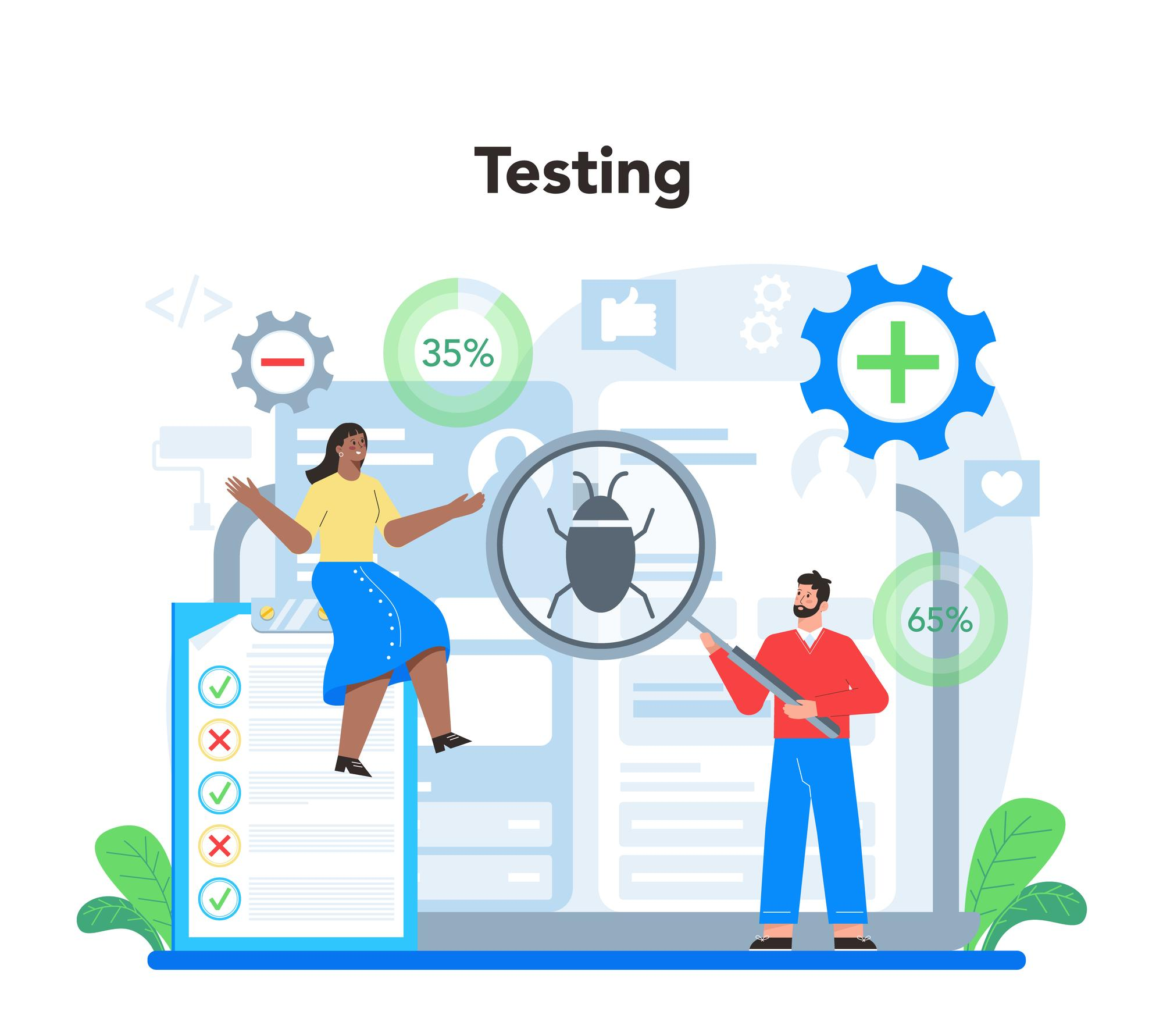
Conclusion
In conclusion, API development is crucial for building powerful interfaces that enable seamless integration between web services.
By understanding API consumers, implementing effective API design, and leveraging the benefits of REST APIs, developers can create robust and scalable solutions.
Proper error handling, API management, documentation, and consideration of security and performance aspects contribute to the success of API projects.
By designing well-structured APIs and adhering to best practices, organizations can foster innovation, improve performance, and enable seamless integration between systems, leading to enhanced productivity and customer satisfaction.
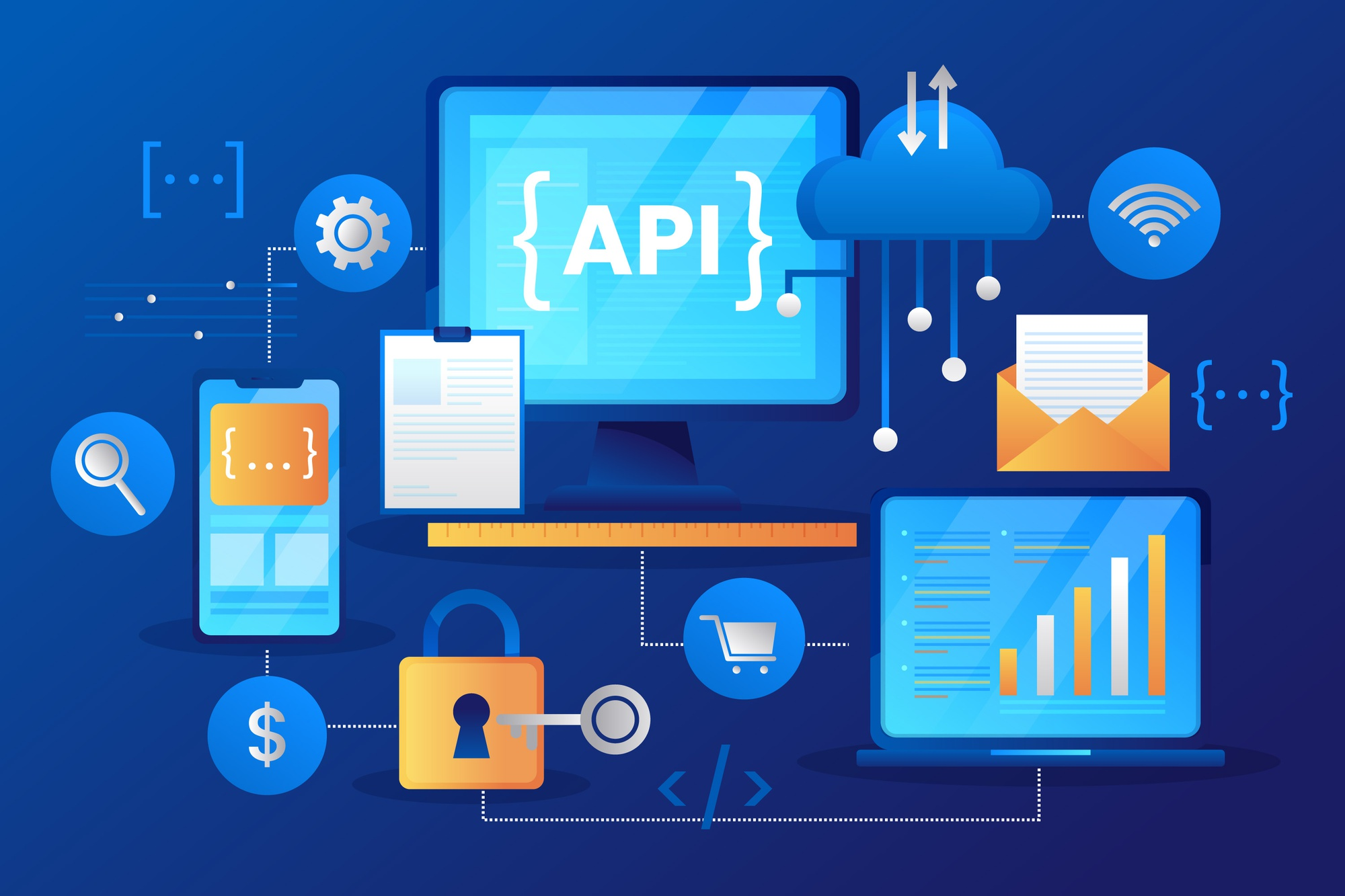
People Also Ask (FAQs)
What are some best practices for API design?
Some best practices for API design include following RESTful principles, ensuring a consistent interface, providing comprehensive documentation, handling errors effectively, and prioritizing security measures. By adhering to these best practices, developers can create APIs that are intuitive, scalable, and easy to integrate with.
How can I optimize the performance of my API?
To optimize API performance, consider working with query starting parameters to enable customization, implement caching mechanisms to reduce response times, and handle successful responses and response codes appropriately. Utilizing plural nouns in API endpoints and incorporating clear playloads can also enhance the clarity and ease of use of your API.
How does a REST API contribute to building powerful interfaces for seamless integration?
A REST API plays a pivotal role in enabling seamless integration between software applications. By following the principles of the REST architectural style, a REST API provides a standardized and uniform interface for accessing and manipulating resources. This uniformity, along with the stateless nature of REST API, allows for scalability, flexibility, and ease of integration. Developers can leverage the HTTP protocol and its methods, such as GET, POST, PUT, and DELETE, to interact with the REST API.
This consistent approach enables developers to build powerful interfaces that can seamlessly communicate with the API, facilitating efficient data exchange, and promoting interoperability across systems. With the flexibility and scalability offered by a well-designed REST API, developers can create robust applications that integrate smoothly with other software services, empowering businesses and enhancing the overall user experience.



